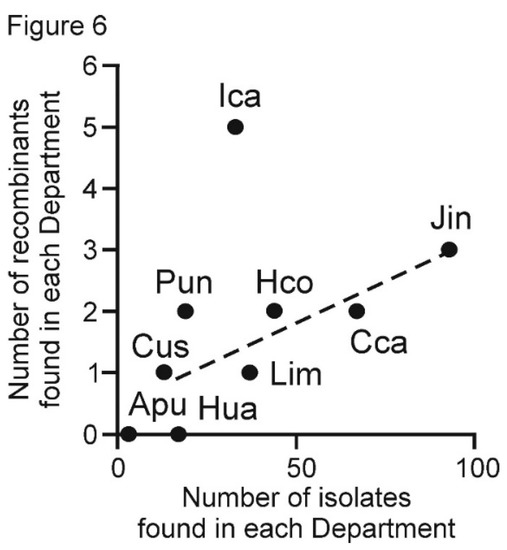
The same lineage 2 caused in summer of 2010 endemic neuroinvasive disease (WNND) in humans in Greece with 262 confirmed cases and 35 deaths. Lineage 1 of WNV is a lineage isolated over the world, but lineage 2 was only isolated in Africa and Madagascar, until Hungarian outbreaks of WNV, which was caused by a novel lineage 2, which was introduced to Hungary, most likely by migratory birds from Africa, in 2004. Tropical and migratory birds, which belong to different species, are the main reservoir of the virus. The genome of the virus consists of seven nonstructural proteins, NS1, NS2a, NS2b, NS3, NS4a, NS4b, and NS5, and three structural proteins: glycoprotein E, core protein C, and premembrane protein prM. The ssRNA+ genome of the virus contains a single open reading frame from 11.000 to 12.000 nucleotides. Louis encephalitis virus (SLEV), Murray Valley encephalitis virus (MVEV), and Usutu virus (USUV). WNV is an arbovirus belonging to the Flaviviridae family, genus Flavivirus included in Japanese encephalitis antigenic complex induced by related antigenically Japanese encephalitis virus (JEV), St. West Nile Fever (WNF) caused by the virus is a zoonosis, which is the major public health problem in USA. WNV is on the list of the World Organization for Animal Health (OIE) as the neurotropic factor causing the disease under the obligation to notify. More often infections are characterised by mild clinical signs. The infections are characterised by high pyrexia, paralysis, and morbidity caused by the factors so far acknowledged as pathogenic only for the animals. The main vectors of WNV are several species of the blood sucking insects, which can transmit the virus to birds, horses, and humans. The virus is an emerging agent responsible for diseases in these animals and humans worldwide. West Nile virus (WNV) can affect a wide range of bird species, horses, and humans. We suspect that positive serological results in humans, birds, and horses indicate that WNV can be somehow closely related with the ecosystem in Poland.



Positive samples obtained in birds were next retested with virus microneutralisation test to confirm positive results and cross-reactions with other antigens of the Japanese encephalitis complex. Fourteen (33.33%) out of 42 sera from patients were positive against WNV antigen and one serum was doubtful. The antibodies were found in 63 (13.29%) out of 474 wild bird serum samples and in one (0.26%) out of 378 horse serum samples. West Nile virus (WNV) antibodies were detected using competition enzyme linked immunosorbent assays: ELISA-1 ID Screen West Nile Competition, IDvet, ELISA-2 ID Screen West Nile IgM Capture, and ELISA-3 Ingezim West Nile Compac. Serum samples of 474 wild birds, 378 horses, and 42 humans with meningitis and lymphocytic meningitis were collected between 20 from different areas of Poland.


 0 kommentar(er)
0 kommentar(er)
